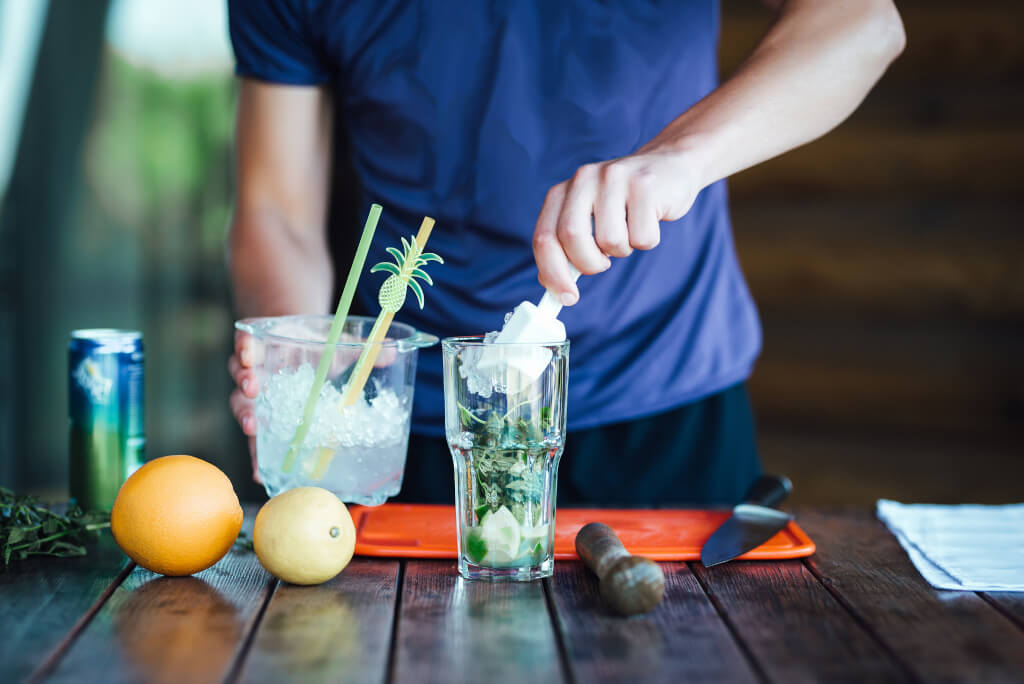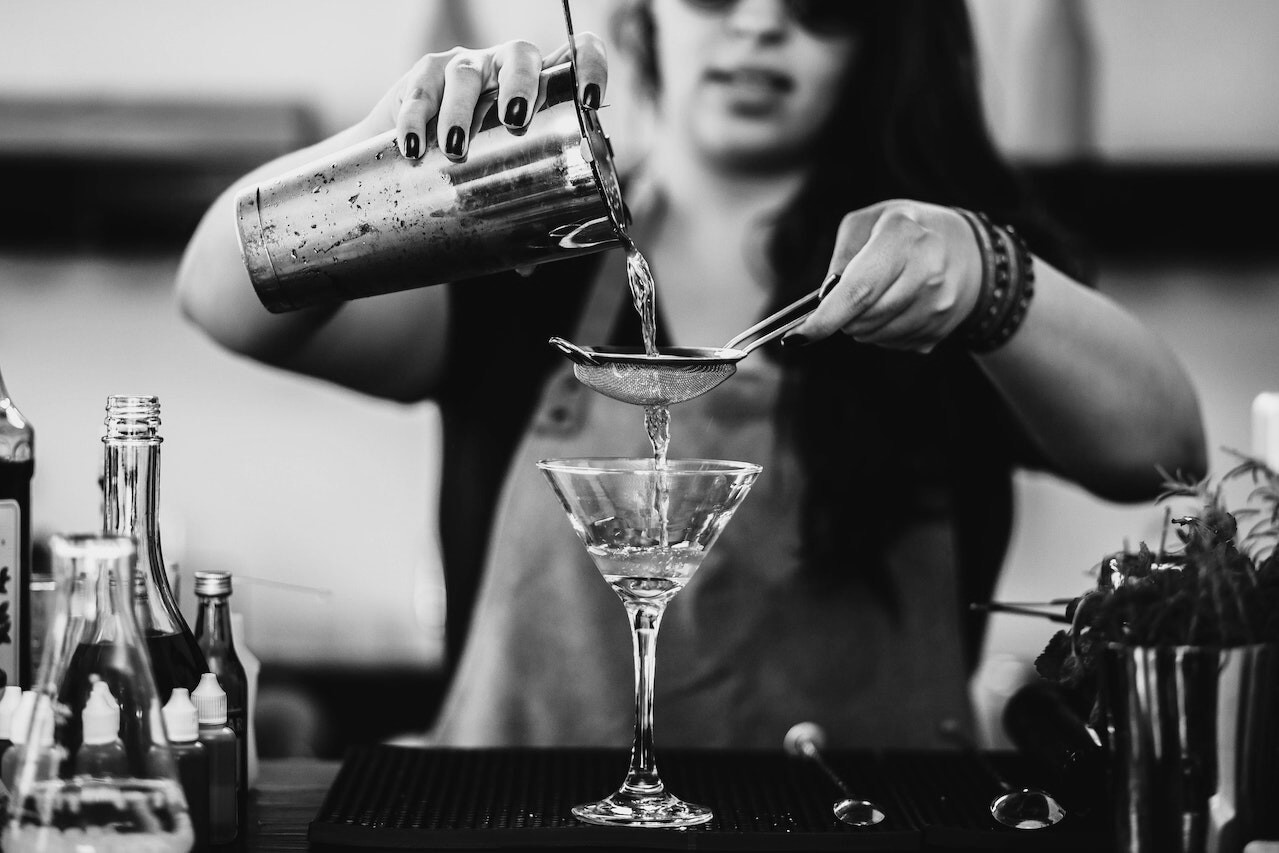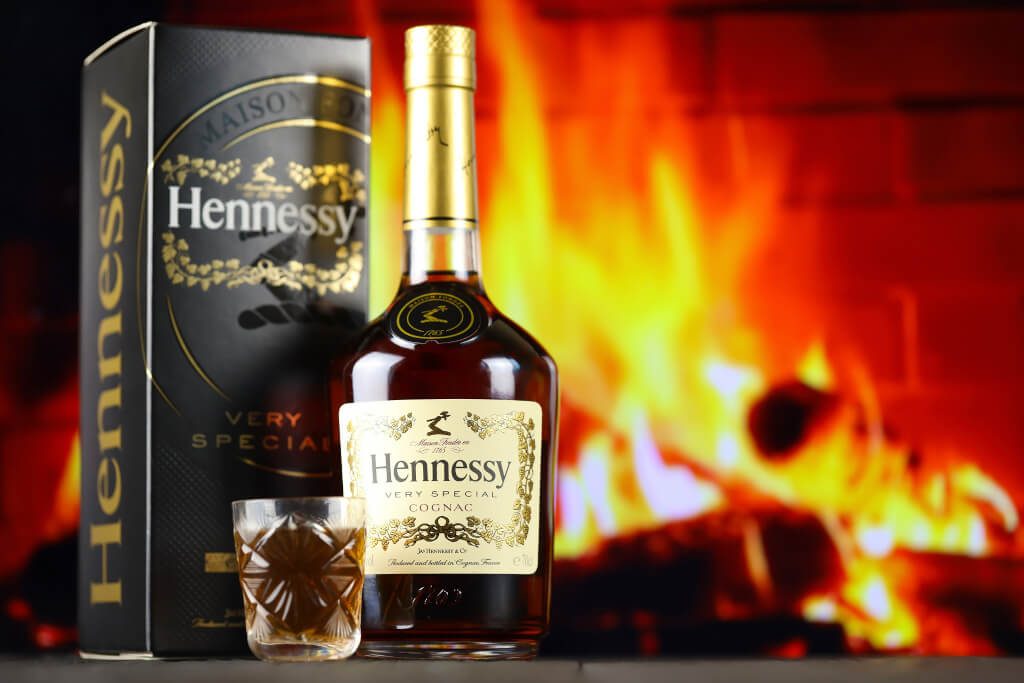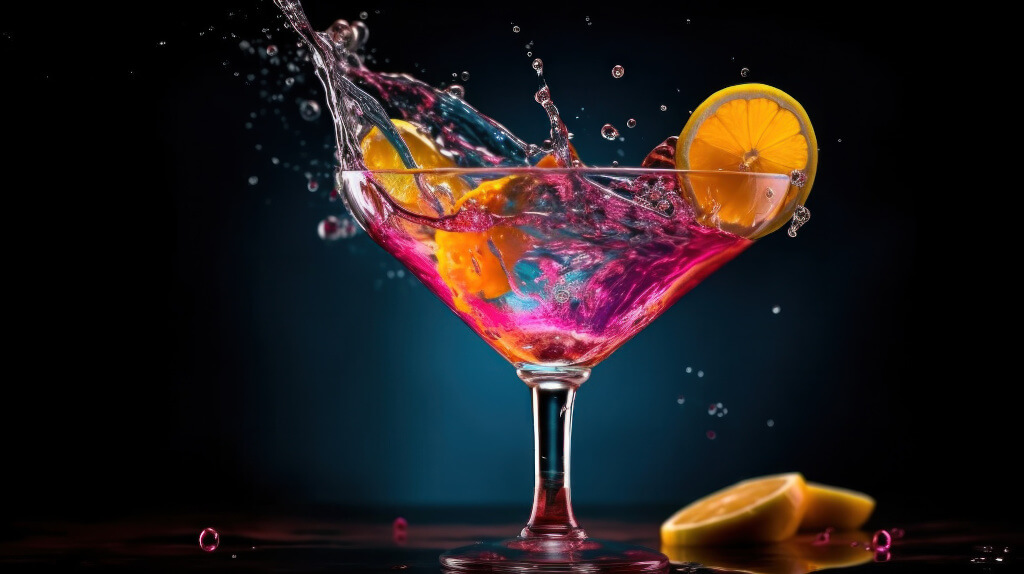Making your cocktails has a certain fascination, what with the clinking of ice in the shaker, the blending of colors from the various liquors and mixers, and the ultimate satisfaction of savoring a drink you made yourself. This book will show you how to make cocktails from scratch, starting with the rudiments and ending with some very original twists. Our goal is to teach you everything you need to know to become an accomplished home barman who can wow not only your visitors but also, most importantly, yourself. Get ready to be transported on a voyage of taste, where each mouthful has a tale to tell.
Why Bother Making Your Drinks?
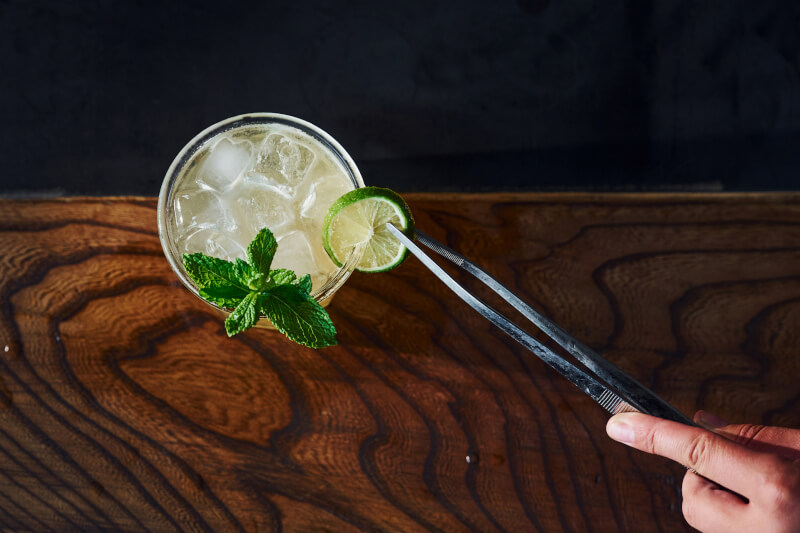
Making cocktails at home has more advantages than just getting to taste what you’ve made. When you make drinks at home, you have complete control over every element and may create exactly the drink you want. Like your drinks on the stronger, fruitier, or sweeter side? You have the upper hand! It’s a chance to try new things and learn about different cultures through food and drink. Not to mention the wonderful feeling of giving a specially created cocktail to a loved one as a surprise. Keep in mind that our tone is as energising as a cold drink on a hot day; it’s cheerful, instructive, and just a touch playful as we delve into this art form. This book is written for anyone, from the curious beginner about to embark on their first mixology trip to the seasoned home barman in search of fresh inspiration.
There’s More to a Bar Cart Than Just Alcohol
While booze is the obvious star of your cocktail, there are a few other ingredients that are just as important. Let’s give some recognition to the unsung heroes of your bar.
Methods and Equipment
You’ll need some standard equipment to mix up the perfect drink. You can’t mix and serve beverages without shakers and strainers to remove excess ice and pulp. Muddlers are ideal for extracting flavors from fruits and herbs, while jiggers help you measure the proper amount of each item. You can use these gadgets as if they were magic wands, turning ordinary components into an entrancing concoction.
Use Mixers to Create a Storm
The spirit acts as the foundation, while the mixers add complexity and harmony. Highballs benefit from simple mixers like tonic water or soda, whereas fruity drinks benefit from a variety of juices. Even beverages as seemingly mundane as coffee and tea can be used as mixers, opening up a world of new flavor combinations.
Garnishes
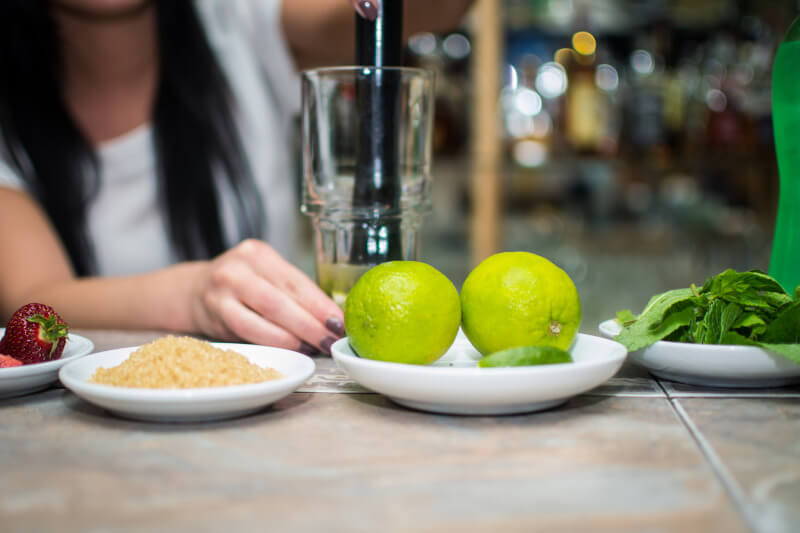
The garnish is the icing on the cake or in this case the cocktail. They give your concoctions a splash of colour, a burst of flavour, and a dash of originality. The flavours of your cocktail can be enhanced or contrasted with the addition of fresh fruits, herbs, and spices. Add some edible flowers for a perfect Instagram photo!
Now that you have the basics, you may begin your exploration into the world of mixology. To reiterate, we seek to make the art of cocktail-making a fun and approachable endeavour for anybody interested. Get comfortable, set up shop, and get ready to work some magic!
Classic Drinks and Their Alcoholic Ingredients
It’s recommended to start with the classics when making cocktails. These classic mixtures have endured because their harmonious flavours make for a pleasurable drinking experience and provide a solid foundation from which to explore other possible liquor combinations.
Old Fashioned, the Original whiskey Drink
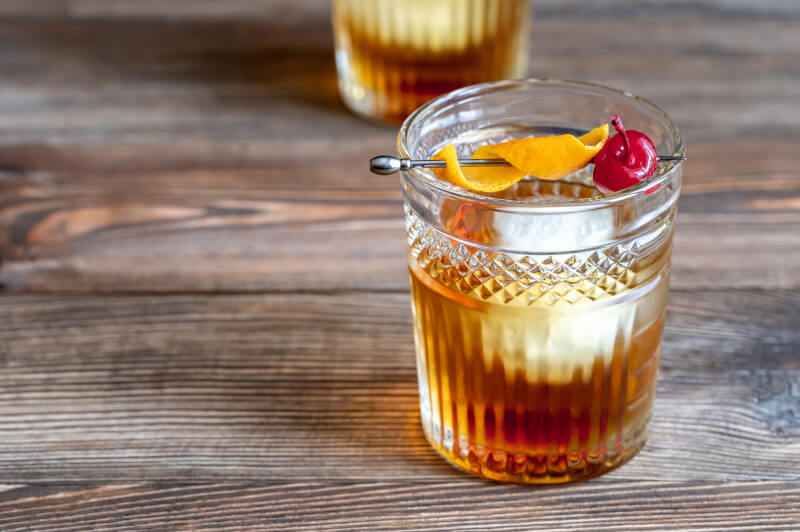
The allure of whiskey is on full display in this cocktail. The Old Fashioned calls for nothing more complicated than a sugar cube blended with a few dashes of Angostura bitters, a large ice cube, and a couple of ounces of excellent bourbon or rye whiskey. The cherry or orange twist used as a garnish enhances the drink’s delicate flavour and adds a splash of colour.
Martini, the World’s Most Elegant Gin Drink
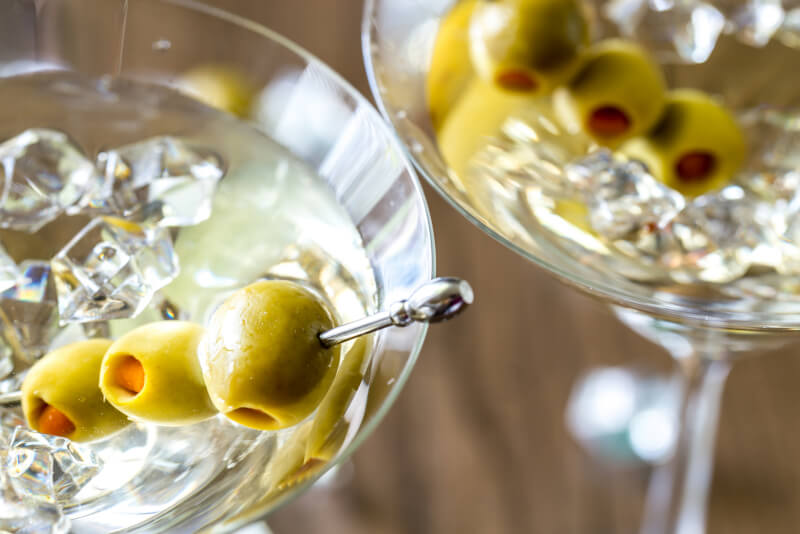
The classic Martini cocktail is made with gin and vermouth, two of the most refined ingredients. This cocktail is an homage to the botanical notes of gin; it is stirred with ice, poured into a chilled Martini glass, and garnished with a twist of lemon or olive.
Mojito, the Refreshing Rum Classic
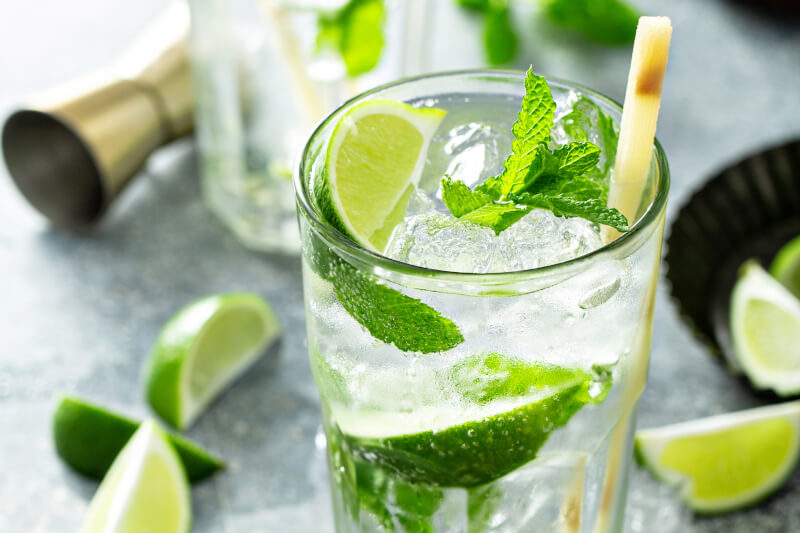
A mojito is a light and tasty rum drink, just the thing for a warm summer afternoon. A Mojito is made by muddling lime wedges and fresh mint leaves with white rum, simple syrup, and soda water. Each mouthful is a jolt of untainted vitality.
Margarita, the Official Tequila Party Drink
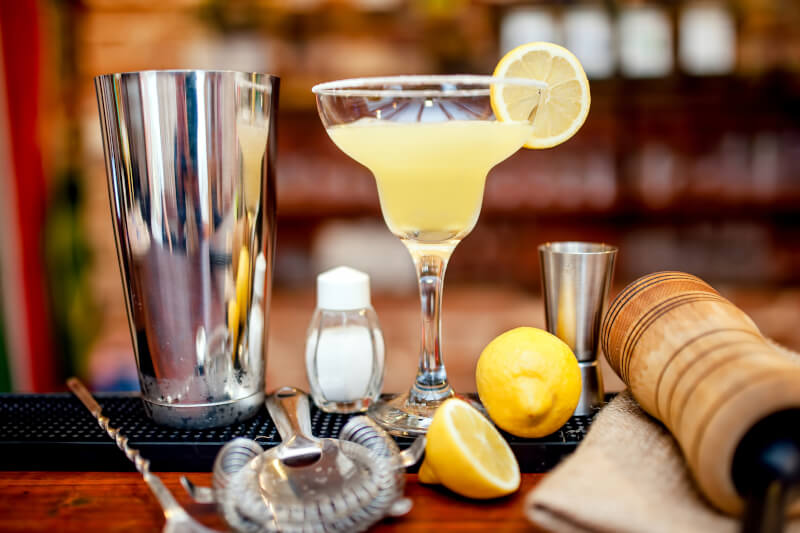
The traditional Margarita cocktail is made with tequila, lime juice, and orange liqueur. Use a salt-rimmed glass to add a salty contrast when serving this on the rocks or blended with ice.
The Moscow Mule Is a Classic Vodka Cocktail
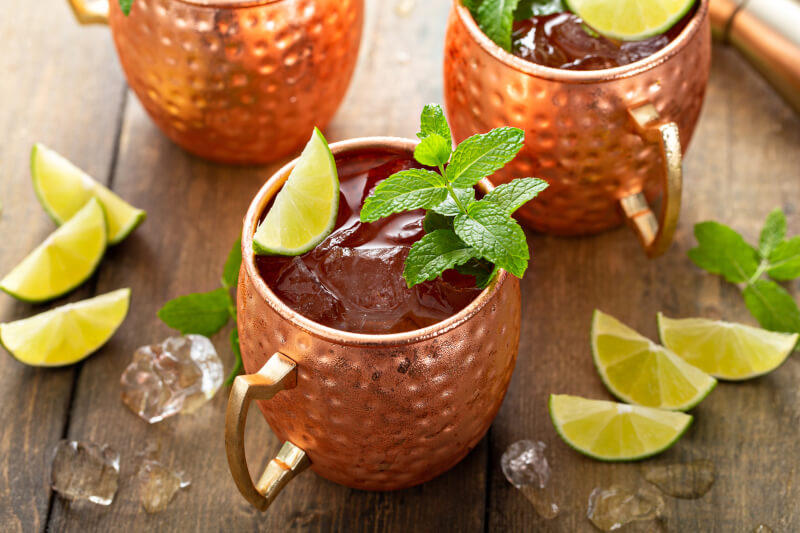
This cocktail is made with vodka, spicy ginger beer, and a squeeze of lime juice and is traditionally served in a copper mug. The copper mug adds to the unique allure of this tangy and refreshing beverage.
These time-tested recipes provide a foundation for learning how various spirits and ingredients function together. Keep in mind that these timeless works are but the tip of the iceberg as we continue our kind, educational, and lightly humorous service to you.
Making Your Signature Cocktail
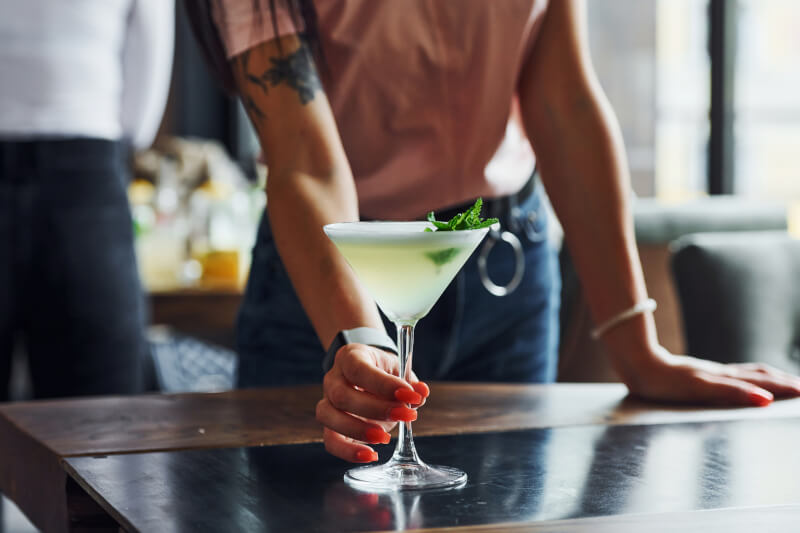
After mastering the fundamentals, it’s time to start mixing up your unique concoctions. Painting is a lot like mixology, but you’re blending flavours instead of painting.
Putting Your Imagination to Work
To get started, try mixing various liquors with various mixers. Do you wish to have a floral mixer that brings out the gin’s botanicals? Try a citrus twist to balance the sweetness of the rum. The options are limitless.
To Achieve an Equilibrium
Maintain a sense of equilibrium while you explore new possibilities. Strong (the alcohol), sweet (the sugar or sweet mixer), sour (the citrus or other sour component), and bitter (the bitters or bitter ingredient) combine to make a wonderful cocktail. Each component needs to stand out but not dominate.
How to Properly Store and Maintain Your Liquor
Liquors, like any other substance, benefit from being properly stored.
Guidelines for Properly Storing Alcohol
Most alcoholic beverages, including spirits, are best kept in a cool, dark place away from heat and light. Liquor is easily oxidised by air, therefore be cautious to keep the bottles airtight.
Alcohol’s Shelf Life
Once a bottle of booze has been opened, its expiration date begins to count down even if it hasn’t been consumed yet. Liquors and cream-based spirits typically have a shelf life of a year, but vodka, rum, gin and whiskey have a much longer shelf life of several years. The flavor may fade a bit with time, though.
Changes in colour, clarity, or aroma may indicate that your spirits have gone bad and should be discarded. If you see any of these indicators, it’s safer to be safe and toss the bottle than sorry. As we continue our trip in the lighthearted spirit of home mixology, keep in mind that you’re getting closer and closer to making cocktails that are uniquely your own.
Cheers To Your Mixology Adventure
We’ve come to the last stop on this tasty journey, so it’s time to review the basics. A lot of ground has been covered, including familiarity with the nuances of various spirits, expertise with the canonical cocktails, and the daring exploration of a colourful spectrum of mixers and garnishes.
Making your cocktails is more than just a fun activity; it’s also a great way to make new friends, share anecdotes, and cement a sense of camaraderie. While we hope to have provided you with a solid foundation in mixology, it is important to keep in mind that the field is quite broad and that there is always more to learn.
You have mastered the art of blending cocktails and appreciate the interplay of powerful, sweet, sour, and bitter flavours. You now know how to store your spirits properly, ensuring that the drinks you make always taste their best.
The most essential thing, though, is that you’ve started developing your special skills in the art of mixing drinks. Home bartending is an art that involves more than just following instructions; it’s also about putting your stamp on things.
So, don’t stifle your imagination, and don’t be scared to occasionally deviate from the norm. Choose wisely, experiment with different pairings, and find the perfect flavour profile for your tastes. Don’t be afraid to try new things and learn as you go, but most of all, take your time and enjoy the fantastic world of at-home bartending.

